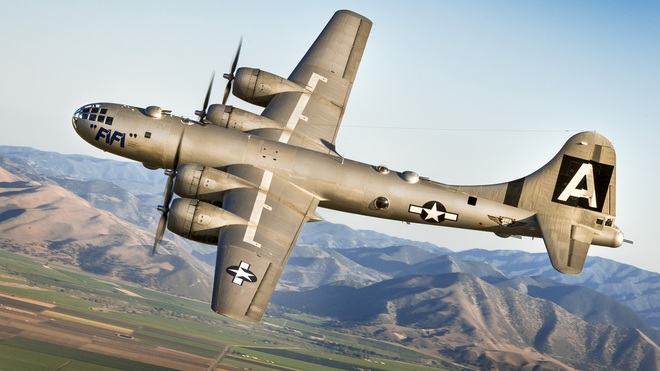The A-26 Invader, an iconic aircraft in American military history, made its inaugural flight in July 1942, marking the start of a remarkable career that would see it serve in three major wars: World War II, the Korean War, and the Vietnam War. This versatile aircraft succeeded the Douglas A-20 Havoc, a plane with similar roles and configurations.
The A-26, also known as the B-26, stands out as one of the most successful military aircraft in U.S. history, with over 2,500 units produced. Its adaptability allowed it to function not only as a bomber but also as an effective attack aircraft, capable of carrying various gun configurations to become a formidable ground-attack machine.
The early versions of the A-26 were constructed in two primary configurations. The A-26B, featuring a “gun-nose,” could be armed with a combination of weaponry, including .50 caliber machine guns, 20mm or 37mm autocannons, or even an experimental 75mm pack howitzer. The ‘B’ gun-nose variant housed either six or eight .50 caliber machine guns and earned the nicknames “all-purpose nose,” “six-gun nose,” or “eight-gun nose.”
In contrast, the A-26C featured a “glass” “Bombardier nose” equipped with a Norden bombsight for precise medium-altitude bombing. Initially, the A-26C’s nose section included two fixed M-2 guns, which were later removed as underwing gun packs and internal wing guns proved effective, especially in colder weather.
The A-26 Invader’s design followed the typical pattern of light attack bombers during World War II. Its streamlined fuselage accommodated the cockpit, bomb bay, and gun positions. A standard Invader crew consisted of a pilot, navigator, and gunner, with the gunner operating dorsal and ventral gun turrets. The A-26C introduced a bombardier crewmember along with two nose-mounted 12.7mm machine guns.
The A-26 Invader’s firepower was further enhanced by its ability to carry between 4,000 and 8,000 pounds of internal and external ordnance, such as drop bombs or 5″ rockets, making it a highly effective bomber. Surprisingly, it could carry heavier bombloads than the larger Boeing B-17 Flying Fortresses.
Upon its introduction in August 1943, the A-26 quickly gained the reputation of being the fastest American bomber of World War II. It played a vital role in various capacities on both the European and Pacific Fronts, serving until the war’s end. After World War II, many A-26 Invaders continued to serve in the post-war era under the United States Strategic Air Command and Tactical Air Command.
In 1950, with the outbreak of the Korean War, the A-26 Invader, now designated as the B-26, was among the first aircraft deployed in the conflict. It remained in service until the end of hostilities in 1953, primarily flying night missions. In 1954, it was phased out of active Air Force inventory, concluding a remarkable chapter in aviation history for this legendary aircraft.


![ẢNH] 'Pháo đài bay' mạnh nhất của Mỹ từng khiến Đức, Nhật Bản, Liên Xô lo sợ | Báo điện tử An ninh Thủ đô](https://photo-cms-anninhthudo.epicdn.me/h600/Uploaded/2023/189/2020_01_27/2/may_bay_nem_bom_11.jpg)





